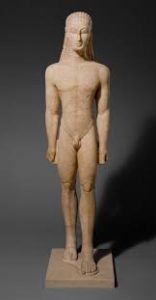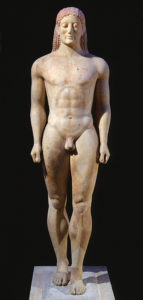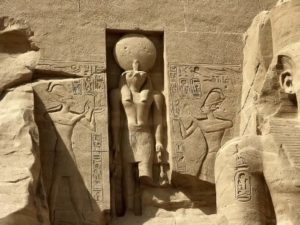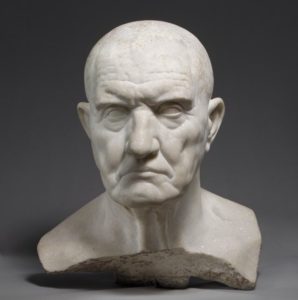Unit 2, we finally got into the actual art. We went into the ancient world and discussed the differences and similarities of the art pieces of three different areas; Mesopotamia, Egypt, and Greek-Roman. The differences in the art evolve because of the differences in the culture.
Let’s start with Mesopotamian art. Their art had the ideas of hieratic scale. The more important the person the bigger they were portrayed in the piece. In the Standard of Ur, The biggest person is the king. Even when he’s sitting he is still big enough to break the registar. The servants look like children compared to him. Their art is also made to represent their wins and conquers. To “honor” the strength and power that they have. The people in their art are very stiff in movement and don’t really have identifying details.
In Egyptian art there are many symbols to represent other things. Usually using animals to represent the different Gods that they have. Since there is a different animal to represent each person, it is relatively easy to distinguish between the different people. In the Narmer Palette there are many different animals engraved into it for the different people and this is just a “utensil” to hold makeup. Also the crowns represent the different sections of Egypt (North and South). There also is a component of hieratic scale. The God or King of most importance is the largest in the art piece. With the least significant “character” as the smallest.
In Greek-Roman art is where the idea of humanism starts showing in the art. The belief of humanism is where humans are the center of everything. This belief is present in their nude statues. Many pf the Romans statues were copies of Greek statues however, the Greeks used copper which melted down, and the Romans used stone. The Kroisos is a nude sculpture of a boy used mark and honor a grave. Their standards of beauty were different than anywhere else at that time. They looked at the nude body as beautiful, especially on a young, buff man. The art started out as stiff with no movement but after a while the statues started having curved lines as opposed to straight lines. Also, the art was detailed enough that you were able to see the movement in the muscles through the skin. Most of the sculptures also didn’t have any facial hair, since that wasn’t beautiful, unless you were really important and didn’t have any time to shave.
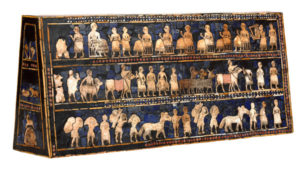
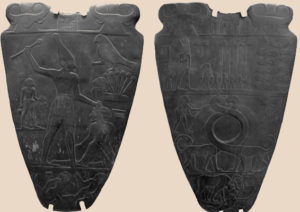
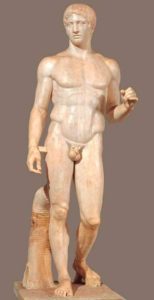
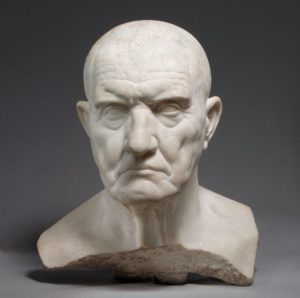
 Mesopotamian and Egyptian art are
Mesopotamian and Egyptian art are 
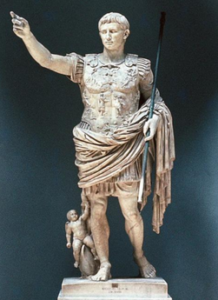 his armor. Although he was me
his armor. Although he was me





